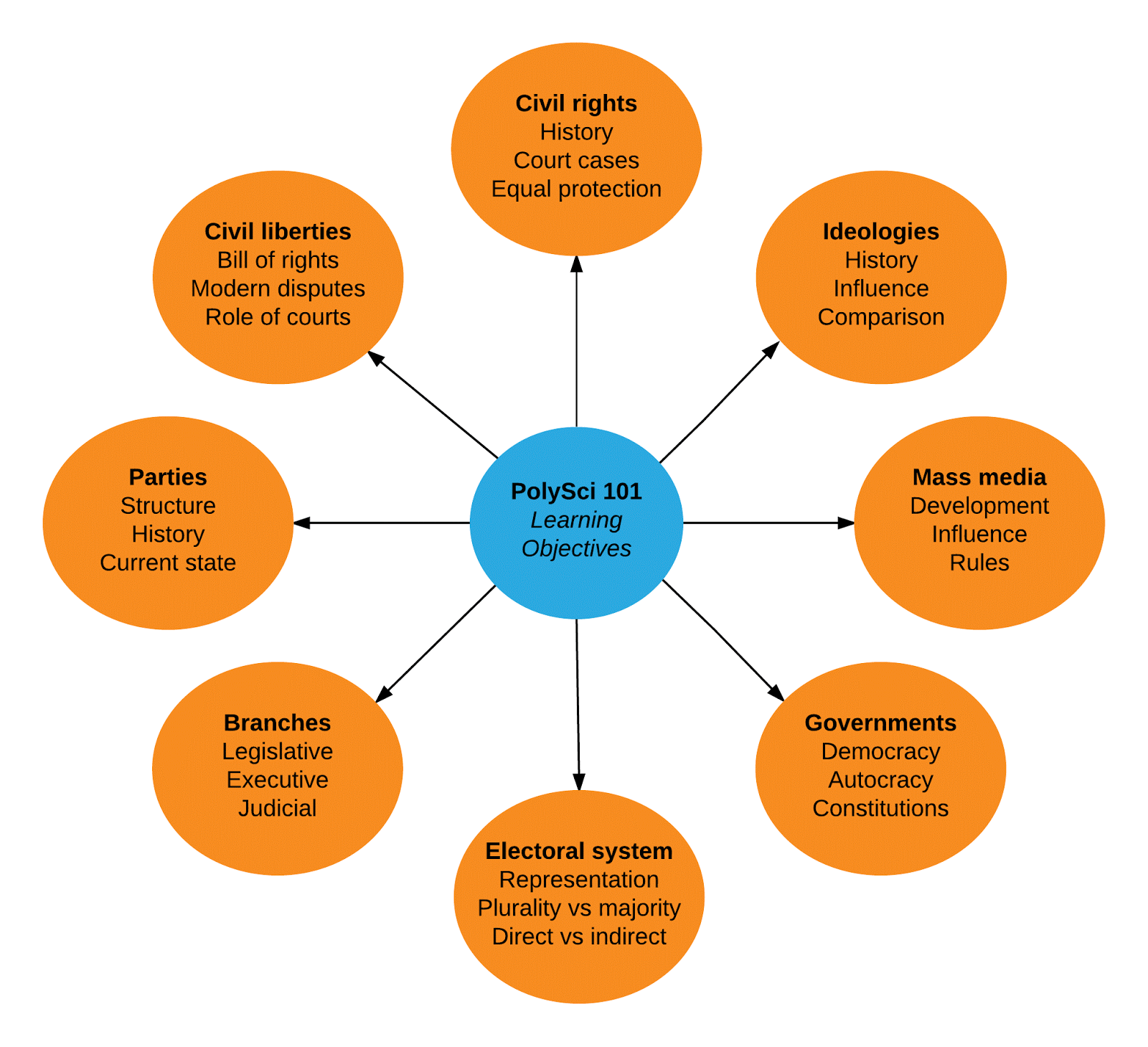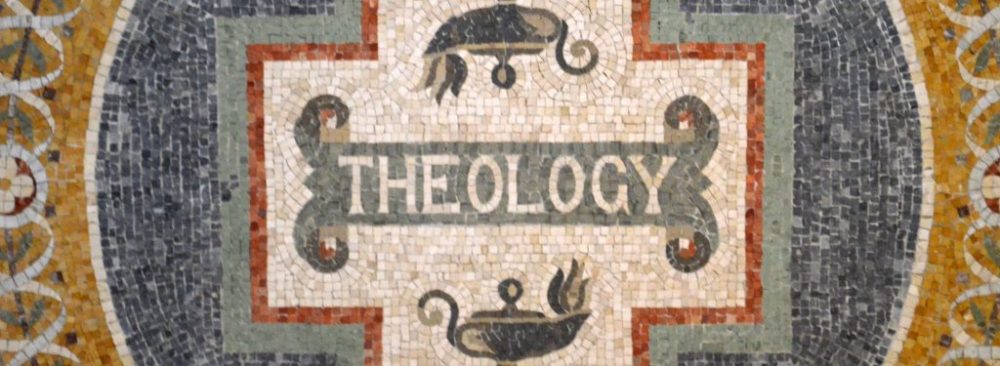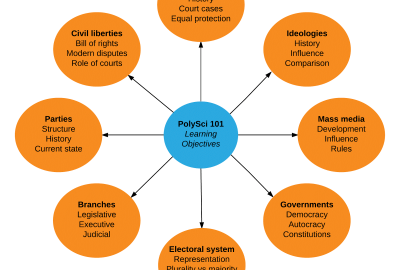Curriculum chart

Using a University Curriculum Chart
Using a university’s curriculum map will help you understand your students’ learning objectives and create a coherent educational plan. Curriculum mapping documents what is taught in a degree program and in what sequence. It also identifies gaps in student learning and helps you refine your assessment strategy. In addition to traditional classroom teaching, service learning and field-based learning extend student education beyond the confines of the classroom. These experiences may include internships, practicums, and experiential learning.
Natural sciences sequences introduce fundamental questions and theories
The natural sciences are a body of knowledge involving five branches: biology, chemistry, Earth science, and physics. These branches rely on empirical evidence and rigorous scientific methods for understanding the world. The emphasis in these disciplines varies, depending on the thinkers who inspired them. For example, some emphasize observation, while others place more emphasis on general theories. A natural science sequence is a great way to introduce students to the many questions and theories that surround the world around us.
To understand a scientific theory, it must be able to answer a few key questions. One is the function of the scientific method. This is not easily accomplished without studying the nature of metaphysical systems. Natural science must also include the psychical order of things, which seems to be closely related to the physical world. While these domains appear to be separate from each other, they are not completely unrelated. Thus, the scientific method must incorporate ontological assumptions and theories into its methods.
Elective courses provide students with the opportunity to shape their studies
Elective courses allow students to study subjects that they are interested in. They give students the opportunity to develop new interests and explore different career paths. Most Liberal Arts programs allow students to choose electives related to their major. Choosing an elective course is an excellent opportunity to develop a second major, structure a minor, and learn about new areas of knowledge. While electives are a great way to tailor your college education, they should not be chosen lightly. Students should consult with their advisors on the course options and the appropriate electives for their particular major.
Elective courses give students the opportunity to choose the direction of their education. One recent study found that if students chose to take an elective, they were more likely to complete the degree. Electives are a great way to keep your engagement level high. Pitch a class that sparks your teaching passion. Electives help you create a unique teaching experience, and students will appreciate your hard work.
CYC offers a broad-based education and interdisciplinary skills
The Curriculum Coordinating Committee (CCC) reviews courses, clerkships, and learning outcomes on an ongoing basis. In addition, students’ performance on national and internal examinations is reviewed annually. Peer review of courses is also conducted. Peer reviewers discuss their observations and feedback with the course director. In some cases, curriculum changes may be needed to improve the educational experience. Here are some ways that the CCC ensures CYC students get a comprehensive education.
An interdisciplinary course develops a student’s ability to see various points of view and fosters tolerance for diverse viewpoints. In addition to developing critical thinking skills, interdisciplinary courses expand students’ horizons and encourage a willingness to question their assumptions. In addition, students develop a sense of sensitivity to disciplinary biases. Ultimately, the interdisciplinary skills students acquire are critical to their success as responsible citizens in our multicultural society.




